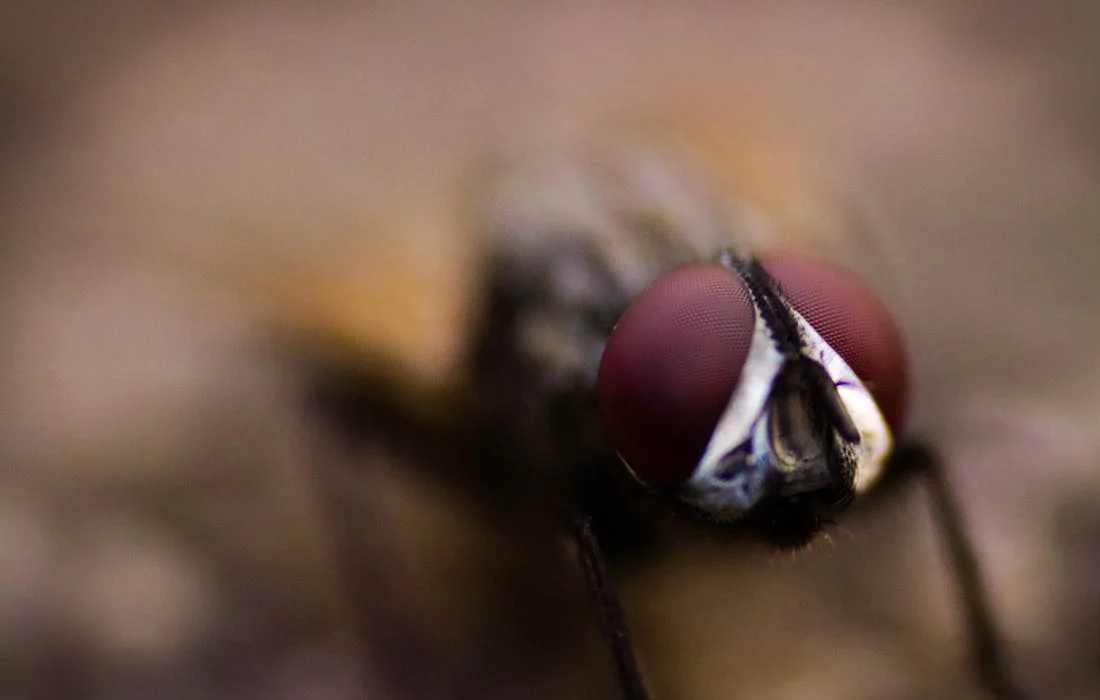Regenerative Medicine News and General Information
A Channel Involved in Pain Sensation Can Also Suppress It
Researchers at UC Santa Barbara identified the pathway in fruit flies that reduces the sensation of pain from heat. Remarkably, just a single neuron on each side of the animal’s brain controls the response. What’s more, the molecule responsible for suppressing this sensation in adult flies has the opposite role in fly larvae. The surprising results appear in Current Biology.
“We call them ‘Epione,’ or Epi neurons, for the Greek goddess of soothing pain,” said first author Jiangqu Liu, a postdoctoral fellow in the Montell lab.
The authors are quick to clarify a point. “Pain is an interpretation,” Montell said. “A hardy smack on the back from a teammate after a win might feel great, but not from a bully on the playground. Since we can’t ask fruit flies about their interpretation of hot temperatures, a more accurate term is ‘nociception,’ which refers to how the body senses a potentially harmful stimulus, and then relays the information to induce an avoidance response.”
The researchers focused on nociception in response to heat. They first needed a way to measure how the animals responded to hot temperatures. They placed flies on a hot plate and measured the number that jumped off within 10 seconds. Nearly all the flies jumped between 38° and 44° Celsius (roughly 100° to 111° Fahrenheit). Now the team set out to see if they could identify neurons that suppress their aversion to high temperatures, and reduce the jump response.
The authors wondered whether the neurons involved in suppressing thermal pain might express a particular neuropeptide.
Out of the 35 different groups of neurons, one clearly reduced the flies’ tendency to jump from the hot plate. These neurons produce the neuropeptide AstC, which is related to a mammalian compound that contributes to pain suppression in humans.
The authors then used the section of DNA that controls expression of AstC to instead control a gene for green fluorescent protein. Now they could finally see which neurons were activating. That’s when they discovered that triggering just a single neuron on each side of the brain (the Epi neurons) suppressed the nociceptive response.
The researchers determined that a specific ion channel in the cell membrane of Epi neurons was responsible for detecting the heat. This channel, called “Painless,” is a member of the TRP family of channels.
TRP channels have broad roles in sensation, including temperature sensation. “So Painless can have opposite roles in the response to noxious heat,” Montell said. “In some neurons, the channel is required for the animal to escape from hot temperatures, while in Epi neurons, Painless is needed to suppress nociception. That is an interesting and surprising twist.”
“This is the first time, to my knowledge, that a TRP channel is found to sense noxious heat not to induce a nociceptive response, but to suppress it,” Montell added.
Sources:
Jiangqu Liu, Weiwei Liu, Dhananjay Thakur, John Mack, Aidin Spina, Craig Montell. Alleviation of thermal nociception depends on heat-sensitive neurons and a TRP channel in the brain. Current Biology, 2023; DOI: 10.1016/j.cub.2023.04.055
University of California – Santa Barbara. (2023, May 17). A channel involved in pain sensation can also suppress it. ScienceDaily. Retrieved May 19, 2023 from www.sciencedaily.com/releases/2023/05/230517122105.htm
Photo by the name is karupu from Pexels: https://www.pexels.com/photo/close-up-photography-of-fly-1114081/

